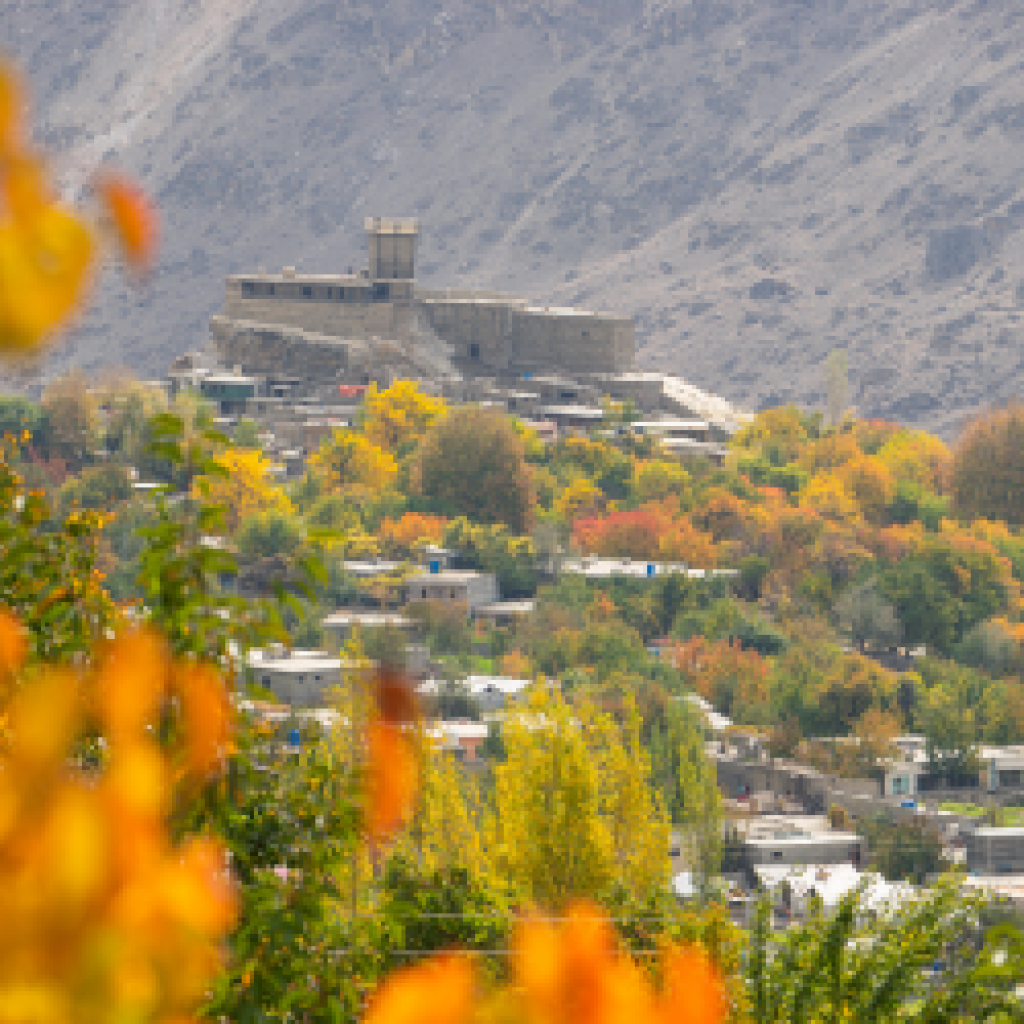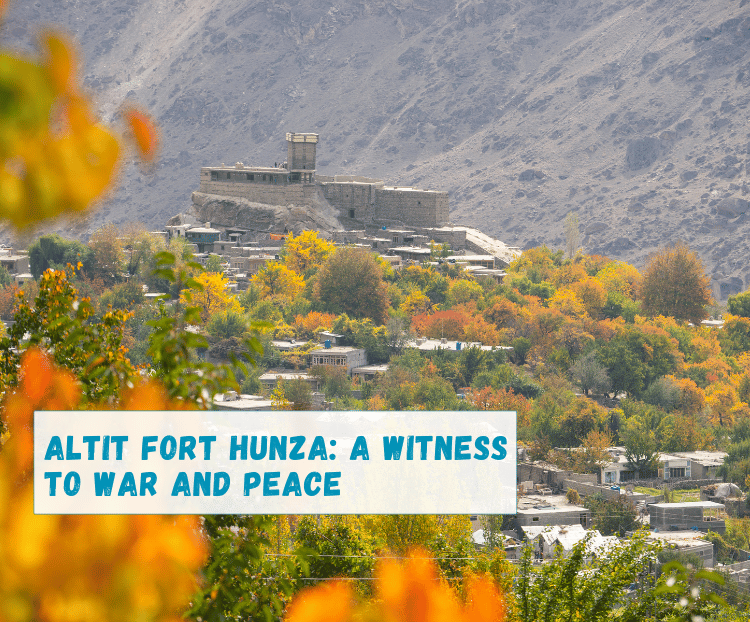Discover the enchanting Altit Fort Hunza, a historical gem that embodies the rich heritage of the Hunza Valley. Learn about its intriguing history, architectural marvels, and its significance as a cultural treasure in this comprehensive blog.



Table of Contents
Introduction- Altit Fort Hunza
The Hunza Valley, nestled in the heart of the Karakoram Mountains, is not only a paradise for nature enthusiasts but also a place brimming with historical treasures. One such gem is the Altit Fort Hunza, a centuries-old fortress that stands as a symbol of the region’s rich cultural heritage. In this blog, we will take you on a captivating journey to explore the history, architectural wonders, and cultural significance of the Altit Fort Hunza.
A Glimpse into History
Altit Fort Hunza, also known as Altit Qala, is believed to be one of the oldest forts in the Gilgit-Baltistan region of Pakistan. Its origins can be traced back to over a thousand years, with some sources suggesting that it was established as early as the 11th century. The fort has witnessed the passage of time, political changes, and cultural evolution, making it a living testament to the history of the Hunza Valley.
Over the centuries, Altit Fort Hunza served as the residence of the local Mir (ruler), a place of defense against external threats, and a symbol of authority. The fort has undergone several renovations and expansions to meet the changing needs of its inhabitants, resulting in a remarkable blend of architectural styles that reflect its history.
Architectural Marvels of Altit Fort Hunza
One of the most captivating aspects of Altit Fort Hunza is its architectural beauty. The fort’s design is a testament to the artistry and craftsmanship of the builders of its time. Some of its notable architectural features include:
1. Stone Construction: Altit Fort is primarily constructed using local stone, which gives it a rustic and earthy charm. The use of stone not only provided durability but also integrated the fort seamlessly into the natural landscape.
2. Wooden Balconies: The fort boasts intricately designed wooden balconies that project from its walls. These balconies provide breathtaking views of the surrounding valley and serve as a highlight of the fort’s design.
3. Watchtowers: Altit Fort Hunza includes several watchtowers that were strategically positioned to provide panoramic views of the valley. These watchtowers were crucial for defense and surveillance.
4. Mud Plaster Decorations: The interior of the fort features beautiful mud plaster decorations, a traditional artistic form that adds to the aesthetic appeal of the fort. These decorations often depict floral motifs and geometric patterns.
5. Central Courtyard: The fort has a spacious central courtyard, which was used for various purposes, including gatherings, ceremonies, and even as a location for military drills. It is surrounded by the fort’s main building and residential quarters.
Cultural Significance
Altit Fort is not merely an architectural marvel; it is deeply intertwined with the culture and history of the Hunza Valley. It played a significant role in the governance of the region and was the seat of power for the local rulers. The fort has witnessed various historical events, including battles and negotiations, that have shaped the destiny of the region.
Today, Altit Fort serves as a museum and cultural center that allows visitors to immerse themselves in the history, art, and traditions of the Hunza people. It provides valuable insights into the region’s cultural heritage, showcasing artifacts, traditional clothing, and exhibits that tell the story of the Hunza Valley and its people.
Preservation Efforts
Preserving a historical treasure like Altit Fort is of paramount importance. The Aga Khan Cultural Service Pakistan (AKCSP) has been actively involved in restoration and conservation efforts for the fort. These efforts have included structural repairs, restoration of decorative elements, and the establishment of a visitor center to educate and inform visitors about the fort’s history and significance.
Visiting Altit Fort
Altit Fort is open to visitors, offering an opportunity to delve into the region’s rich heritage. When visiting, it’s essential to respect local customs and guidelines. Modest dress is recommended, and visitors are often asked to remove their shoes before entering the interior spaces of the fort. Guided tours are available to provide a more in-depth understanding of the fort’s history and cultural significance.
In conclusion, Altit Fort stands as a cultural treasure, representing the history and heritage of the Hunza Valley. Its remarkable architecture, historical significance, and the efforts put into its preservation make it a must-visit destination for those interested in history and culture.
Visiting Altit Fort is not just a journey through time; it’s a journey through the heart and soul of the Hunza people. It’s an opportunity to connect with the past, appreciate the enduring beauty of traditional architecture, and gain a deeper understanding of the cultural richness that defines the Hunza Valley. Explore Altit Fort and unlock the secrets of the Hunza region’s history and culture.


0 Comment